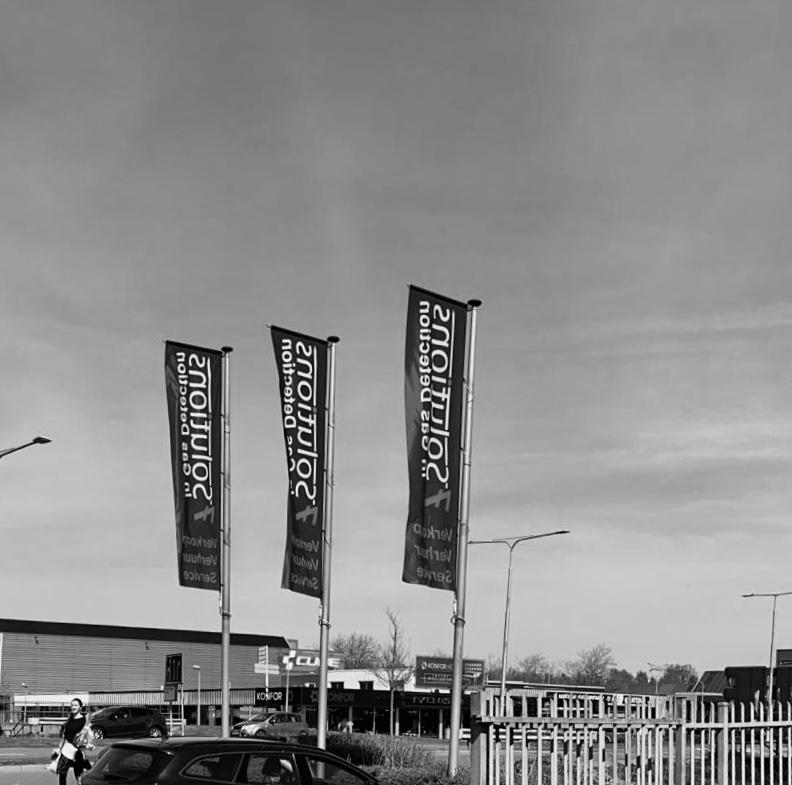Where most people write a blog about what the user can do wrong with gas detection and how they should use it, I thought of a different approach. What can the company who’s selling it do differently to match the gas detection to needs of the user so that they use it the right way.
This blog is the first part of a blog series that explains the most common mistakes while working with a gas detector or gas leak detector. It is written from the distributor (or manufacturer) point of view. Questions regarding our blog? Get in touch:
Common mistakes with gas detection: Part 1
Gas detection comes in many flavours and forms, whether they are tubes, portables or fixed. Where there are many possibilities, you’ll, as a professional consultant, need to know ins- and outs of your product and where it can (and will) be used. This list contains some of the most common mistakes made when advising a user about detection.
Number 1: Saying it is a maintenance, service or calibration free product.
Every gas detector, or gas leak detector, ever build, at one point will require some form of service. An electrochemical sensor will drift, a filter will get clogged or a battery will lose some of its power. So be honest about it and advise the user in such a way that the detector will be send in for service. This not only contributes to the overall lifetime of a detector but also to the lifetime of the user. When you buy a detector at 7Solutions you’ll notice the SKS on the quote, this tariff will be charged yearly for maintenance and calibration services.
Number 2: Know your safety certificates.
Many detectors are used within potentially hazardous areas where flammable gasses can or will be present. We as a consultant will need to know what gasses can be present and what the different zones of the environment will be. Will the user be entering an ATEX Zone 0 environment and will they use the detector as normal? Will the equipment be fixed to a wall or ceiling and is the certification of the product right for this application, where do we put the controller: in or out the ATEX zone? Many of these questions can be answered but putting our expertise of gas detection and the customers expertise of the application together. Especially when buying a fixed detection installation, these questions are very important.
This is why all of our technical personal and consultants have been trained by Dekra in IECEx 001.
Number 3: Know the pros ánd cons of your products.
As consultants everybody tries the match the unique selling points of a certain solutions to the customers wishes, but what are the cons? Where a product is good in one thing it is usually not that good in another. For example, an infrared detector will measure methane very accurately and very linear, but it will not measure that reliable in mix like we have in the gas grid. The user will have to use a thermal conductivity sensor for that application. Another downside of the infrared sensor is that it doesn’t measure hydrogen, where a catalytic bead sensor does. So, if the user works in an environment where hydrogen can be possible, please don’t advise an infrared sensor.
At 7Solutions in Gas Detection we don’t look for a solution your gas detection challenge but THE solution. We are brand independent, so it doesn’t matter if its Crowcon, Dräger, Honeywell or even MSA.
Number 4: advise in proper use and storage.
Most gas detectors are built to be used in industrial environments and made to be very durable. But what happens when they suck in a liquid like water or worse, an unknown liquid in a chemical environment. Sensor will be damaged, and the work will have to be postponed until a good measurement can be done. You know what saved this hassle? If the consult has told about the €24,- Ballfloat. Proper training is essential when using gas detection whether it’s either to correctly interpreter the measurement or correct use of the available equipment and accessories. But it is never the user who has to take these into account, it is not his job to know what is available. No, it is ours. When we advise a user on what type of detection, he needs we’ll make sure we cover his application and the potential hazards he faces when preforming the measurement.
Maybe you are also interested in:
CALIBRATE IN GAS DETECTION: The 7 * KEY * facts about the sense (and nonsense) of calibration [Gas meter]
Choices to be made in Gas Detection.
Contaminated instruments need service too

